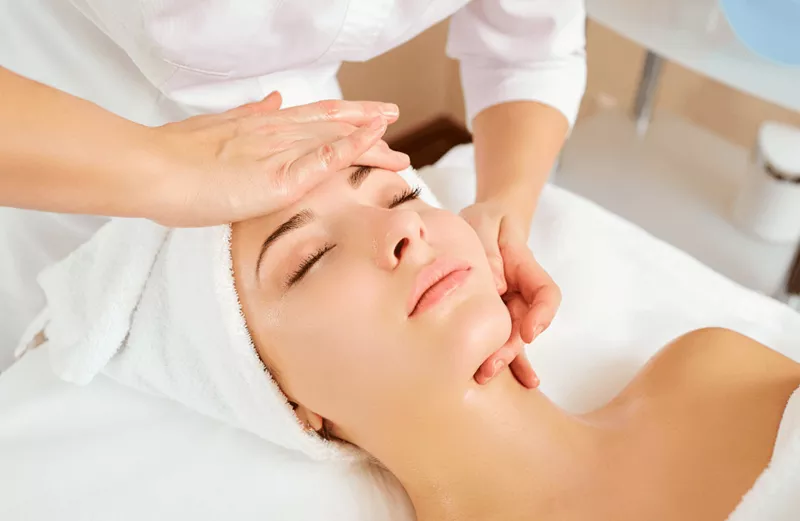In the dynamic realm of aesthetic dermatology, two advanced techniques – photorejuvenation and picosecond laser treatments, specifically the popular “ultra – picosecond” – have emerged as leading solutions for addressing common skin concerns such as freckles and acne. These cutting – edge procedures have captured the attention of both skincare professionals and consumers alike, offering hope for clearer, more radiant skin.
Photorejuvenation, a non – invasive treatment, utilizes intense pulsed light (IPL) technology. This method works by emitting broad – spectrum light energy that penetrates the skin’s surface. The light is selectively absorbed by pigments in freckles and hemoglobin in blood vessels associated with acne – inflamed areas. As a result, the targeted pigments are broken down, and damaged blood vessels are sealed off, gradually reducing the appearance of freckles and calming acne – prone skin. It is often praised for its ability to improve overall skin texture, tone, and minimize the appearance of fine lines simultaneously, making it a comprehensive option for many patients seeking multi – faceted skin improvements.
On the other hand, the ultra – picosecond laser treatment has gained a reputation for its remarkable precision and efficiency in dealing with pigmentation issues like freckles. Unlike traditional lasers, the ultra – picosecond laser emits extremely short pulses of energy. These ultra – short pulses shatter the pigment particles into tiny fragments, which can be more easily eliminated by the body’s natural metabolic processes. In the context of acne treatment, the high – energy laser can also target the sebaceous glands, reducing sebum production and thus minimizing the occurrence of new acne breakouts. Its minimally – invasive nature means relatively quick recovery times, allowing patients to resume their daily routines with minimal disruption.
However, the application of these treatments is not without considerations. Skincare experts emphasize that individual skin types, conditions, and patient expectations play crucial roles in determining the most suitable approach. For some, a combination of photorejuvenation and ultra – picosecond laser treatments may yield the best results, while others might find that one method alone suffices. Moreover, proper aftercare following these procedures is essential to ensure optimal outcomes and avoid potential side effects such as temporary redness, swelling, or hyperpigmentation.
As the demand for effective freckle and acne treatments continues to grow, the use of photorejuvenation and ultra – picosecond lasers is expected to remain at the forefront of aesthetic dermatology. With ongoing research and technological advancements, these treatments are likely to become even more refined, offering safer, more efficient, and personalized solutions for individuals striving to achieve healthy, beautiful skin.
Related topics:

































